The Rich Heritage of Indian Tea
From the lush tea gardens of Assam to the misty hills of Darjeeling, join us on a journey through the Indian teas that have captured the hearts of tea lovers worldwide.
India is one of the largest tea producing areas in the world with teas coming mainly from the Assam, Darjeeling, Nilgiri, Kerala, Sikkim and Dooars regions. Tea production from each of these areas is quite distinct.
A Brief History of Indian Tea
In 1823 Major Robert Bruce, of the East India Company, was tasked with exploring the possibility of commercial production of tea in India. He discovered tall tea trees that had been growing for centuries in the wild in Assam now classified as Camellia sinensis var. assamica. While there were not enough leaves from these trees available for commercial production, the discovery motivated the British to pursue cultivation there to help meet global demand and to circumvent purchasing Chinese teas. Bringing Chinese plants to India, as well as laborers and Chinese tea growing knowledge, the British began cultivating teas in India and thus transformed India into a powerhouse on the global stage for tea production. India is still a leading exporter and is renowned for teas with bold and aromatic characteristics.

Types of Indian Tea
The tea regions of India are quite diverse and produce teas that are unique to each area. Here are some of the most popular varieties:
1. Assam Tea

The largest tea producing district in India, as well as the world, is Assam which accounts for about 75 percent of all the tea that is produced in India. To give an idea of the size: If one were to stand at the seaport in New York City, and could see all the way to Chicago, they would be viewing the land that encompasses the Assam tea districts.
These districts can be found in the northeastern part of India, along the Brahmaputra River, and they produce hearty, malty teas. The heavy rainfall and hot, humid daytime temperatures in this area create the perfect greenhouse-like environment for growth, as well as helping to create the unique taste found only in Assam teas. Their distinct flavor can be enjoyed "as is"; however, Assam teas are often used in conjunction with other teas to create numerous blends, specifically breakfast teas. These teas are a particular favorite at Simpson & Vail.

Examples of various Assam teas are:
These twisted, slightly tippy Assam black tea leaves from northern India are zestful and invigorating. They produce a deep copper colored cup, with a malty, mellow and full bodied flavor. Assam is truly the Bordeaux of tea! Delightful on its own, we use this Assam tea in many blends.
The Dekorai Estate is situated on the broad plains surrounding the Arunachal hills on the north banks of the mighty Brahmaputra. The name Dekorai is derived from the Dickori River, a tributary that skirts the western periphery of the estate.
This CTC (cut, tear, curl) processed BPS (broken pekoe souchong) leaf brews to a deep amber cup with a smooth, slightly sweet, malty flavor. Perfect on its own or a great blending tea to create your own breakfast brew.
Assam Nahorhabi Estate, 2nd Flush
This is the first tea estate in North India to receive ISO 9002 certification for growing, processing and marketing of Orthodox and CTC tea. The estate provides free housing, fuel and water along with subsidized foods for all its permanent workers. Excellent educational facilities are provided for the children of the workers and there is a hospital on the grounds that provides free medical treatment for the workers and their families. For the spiritual upliftment of its employees, a temple has been built by the company.
The Nahorhabi Estate is known as a producer of excellent teas, and this self-drinking tea has all the attributes associated with a fine Assam.
The twisted black leaves of this tea have an abundance of golden tips. This second flush tea produces a bold, full-bodied, smooth amber cup with a hint of sweetness and an oak-like finish.
The Satrupa Estate is located in the eastern most region of Assam, closest to the Myanmar border, in the Tinsukia district. This tea has large, black, twisted, tippy leaves that yield a bright copper cup with a creamy cocoa-like aroma, an abundantly full flavor and a strong malty taste.
Assam teas complement foods such as chocolate, spiced desserts, meat, strong cheeses, fish and more. See more Assam teas here.
2. Darjeeling Tea

Darjeeling teas are the most famous of Indian teas and are sometimes referred to as the "champagne of teas". Located in the state of West Bengal in the eastern part of the country, these tea gardens can be found on the southern slopes of the Himalayan Mountain range, at altitudes from 6,500 to 9,900 feet. The soil and climatic conditions that exist here create teas that are treasured for their exquisite taste.
The "First Flush" Darjeeling is plucked from March through April. "Second Flush" is plucked from May until mid-July. In general, Darjeeling tea has a golden amber color, delicate flowery flavor and sweetness of apricot and peaches.
Darjeeling teas are so prized that the Tea Board of India created a special logo that certifies that the teas bearing this logo were grown in the beautiful mountain terrain of Darjeeling.

Some teas from Darjeeling:
Our standard Darjeeling Black Tea is a blend of teas from all around the Darjeeling area, which are blended to create a consistent taste profile. These medium sized tea leaves brew to a dark amber cup and have a sweet musky smell with a smooth, medium body and pleasing citral tones that are bold but not overpowering.
Darjeeling Millikthong Estate, 2nd Flush
This FTGFOP1 second flush tea comes from the Millikthong garden located in the picturesque Mirik Valley in Darjeeling. Millikthong, one of the largest gardens in Darjeeling, grows tea at altitudes ranging from 1,600 to 4,900 feet and enjoys premium climatic conditions for growing the finest teas. When brewed this tea yields a golden amber cup with a fresh garden aroma and a floral, slightly earthy cup with a refreshing sweetness.
Darjeeling Ambootia Estate Organic Green Tea
The Ambootia Estate, established in 1861, currently produces all of their teas using organic and bio-dynamic farming practices. Their organic green is a superlative tea with its pale hues and refreshing aroma. The smallish green leaves impart a sweet after-taste, with more body than most green teas and the wonderful flavor of a fine Darjeeling.
Darjeeling teas have a complex and delicate flavor that marries well with custard, eggs, grilled fish, curries and fresh fruit. See other black teas from Darjeeling here.
3. Nilgiri Tea

Nilgiri teas come from southern India in an area known as the Blue Mountains. The third largest growing area in India, teas are grown on high plateaus amid lush forests and jungles. The tropical climate in this region allows for a longer growing and harvesting season. Nilgiri teas tend not to "cloud" making them the perfect choice for iced teas.
Nilgiri Korakundah Estate Organic Black tea
This organic tea comes from the Korakundah Estate in the Nilgiri region of southern India. The estate, founded in the early 1900's, sits at 8000 feet above sea level, making it one of the highest tea gardens in the world. Certified organic, fair trade, bio-dynamic and rain forest alliance, Korakundah has a strong history of producing quality teas.
This black tea is a mix of FOP (flowery orange pekoe) and FBOP (flowery broken orange pekoe) leaves with a forest, oaky aroma in the dry leaf. It brews to a golden amber cup with a smooth, sweet, slightly floral taste. A perfect all day drinking tea!
Recipes using Indian Teas
Masala Chai
The common word for tea in many Eurasian languages is chai and masala means spice. So the proper term for the tea made with spices is Chai Masala, however, the name Chai in America has come to be known as any sort of tea or tisane with spices. Traditionally Chai Masala is a blend of black teas mixed with spices like cardamom, cinnamon, ginger, and cloves. It is steeped in water (usually by the decoction method), then milk is added and sweetener.
For more information and recipes see our blog, This tea called Chai.

Milk Chocolate Torte with Assam Tea Ganache -
using Assam Orangajuli tea. See the recipe here.
Darjeeling Roasted Sweet Potatoes -
using Darjeeling Ambootia Estate premium black tea. See the recipe here.
Darjeeling Tea Spice Rub for Fish -
using Darjeeling Margaret's Hope Estate black tea. See the recipe here.
Nilgiri Lemon Iced Tea -
using Nilgiri Korakundah organic black tea. See the recipe here.


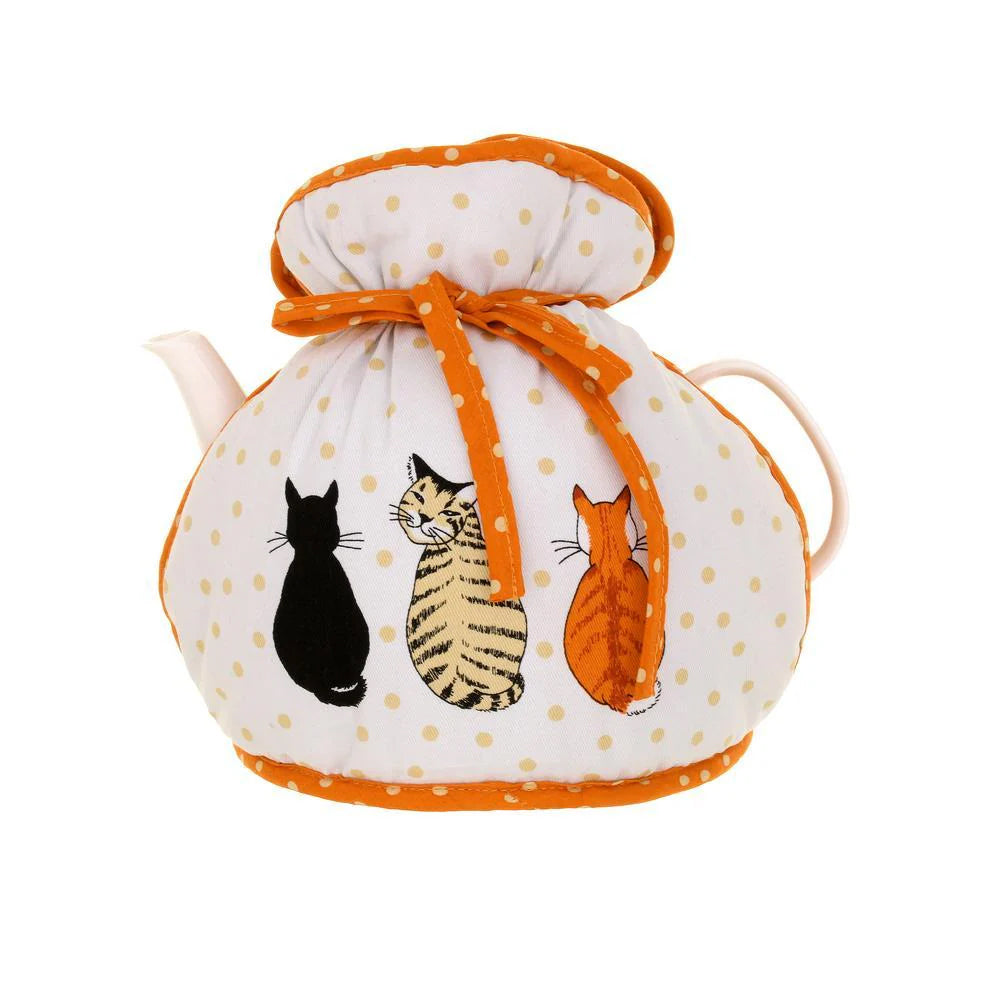
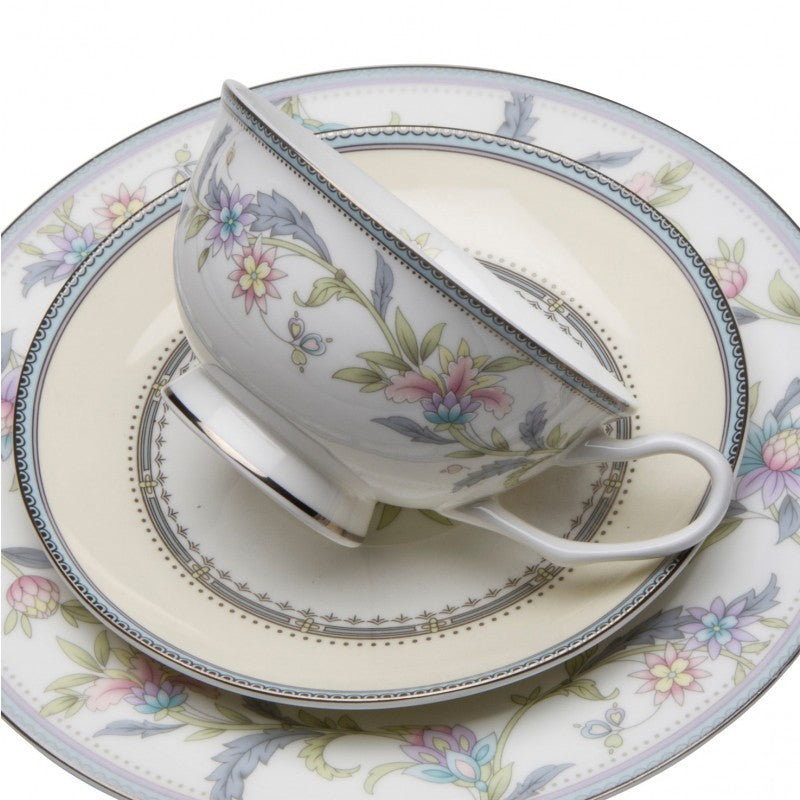

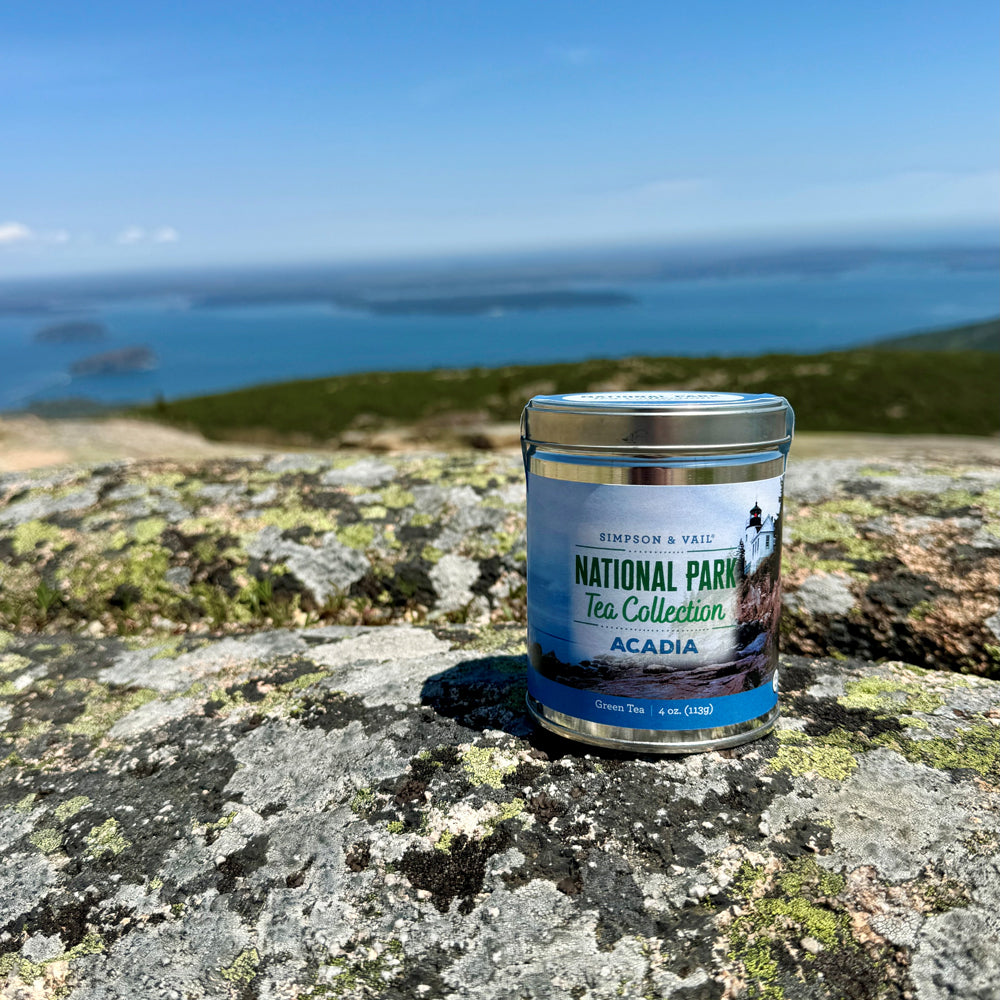

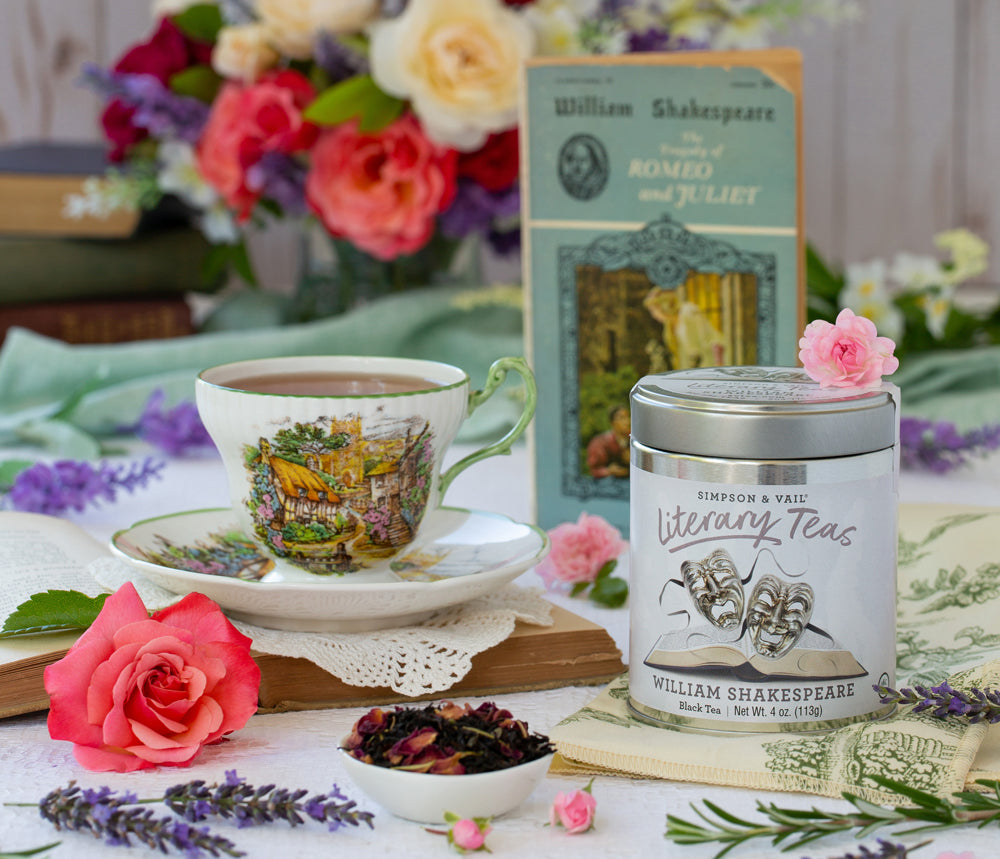
Leave a comment